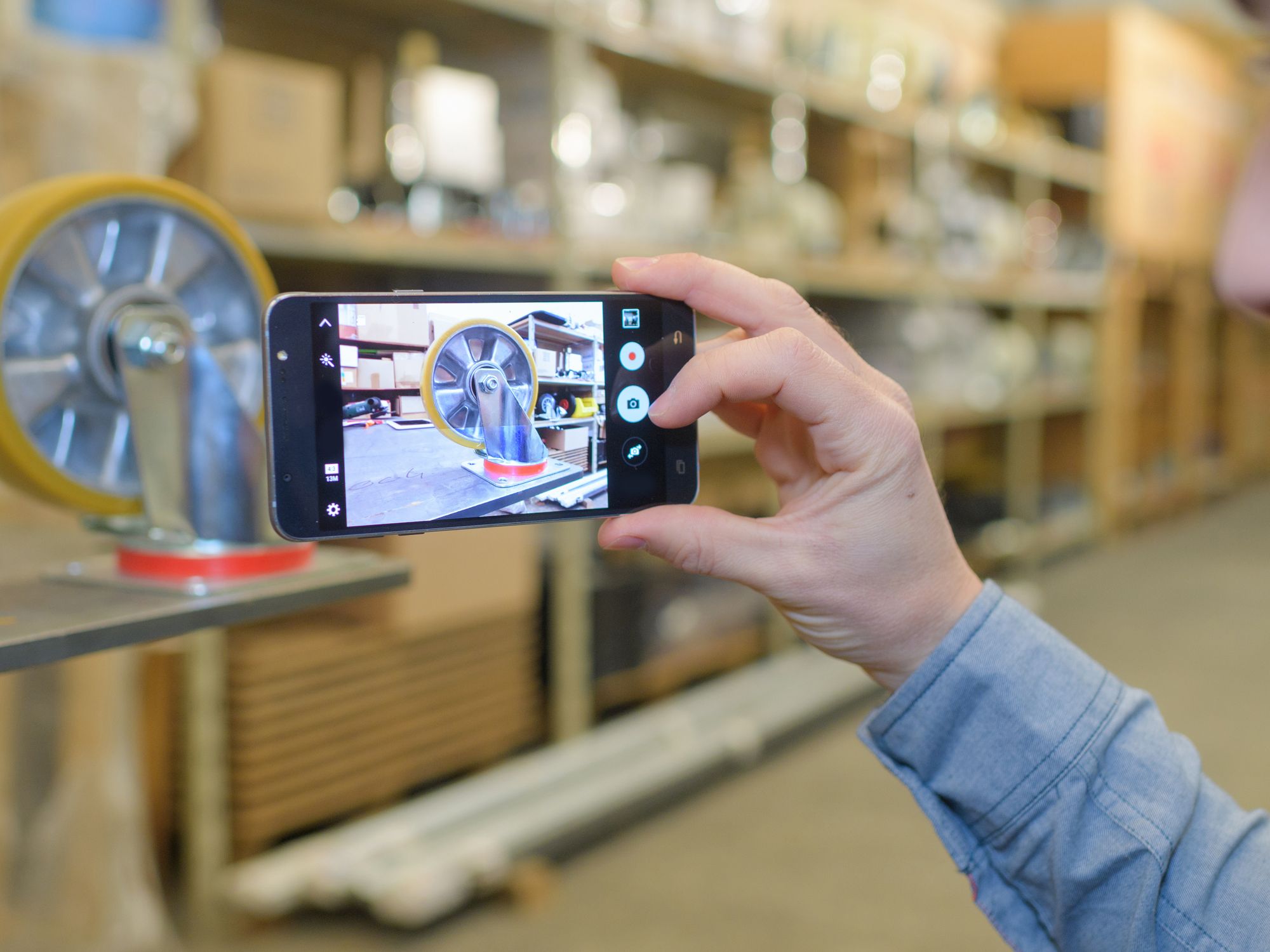Taking pictures and sketching the scene

- Photos and sketches portray the facts in clear fashion and are invaluable in reconstructing an incident scene.
Photos document the facts surrounding an incident and provide the investigator with accurate information about the incident. In order to preserve the facts, instruct workers at the incident scene not to move equipment or other items involved in the incident until photos have been taken of the scene. If equipment must be moved to rescue injured workers, instruct the rescuers to move only what is absolutely necessary.
Take photos of anything that will help reconstruct the entire incident scene. This will usually require a series of photos that first focus on the general area, then progress to specific detailed items. When taking a series of photos, consider the following guidelines:
- Begin with long-range pictures that show as much of the scene as possible. Be sure to take several different angles of the scene.
- Next, take medium-range pictures of the scene. These pictures may begin to focus on pieces of equipment, damaged property, or work areas. Place a ruler, pencil, pen, sheet of paper, or some other object of known size next to items to give perspective of the object or area.
- Finally, take close-range pictures that focus on deficiencies and damage.
Record notes that explain the purpose of each picture and the reasons for taking the picture. These notes will help when creating an incident investigation report. Although photos capture relevant information, they can capture irrelevant information as well. As investigative team members study the photos, it is easy to become distracted with all the details and lose focus on what is truly important.
Other disadvantages to photos include: they may be distorted, and they do not show actual distances. For this reason, sketches of the incident scene should be used in parallel with photos.
Sketching the scene
Sketches are drawings made at an incident scene that provide detailed information about the incident. Sketches are helpful because they can be used later in the final incident investigation analysis and report.
A sketch often provides information that a photo will not. While photos play an important role, the images contain everything the camera sees, including things irrelevant to the investigation. In contrast, sketches contain only pertinent information that helps determine the incident cause.
Sketches should always include information such as an arrow pointing north, angles, distances, locations of people and equipment, and structural or geographical data. Include notes about the sketches that will aid in their use and understanding later. Sketches should only contain information that is directly related to the incident scene.
